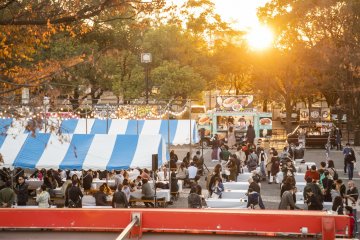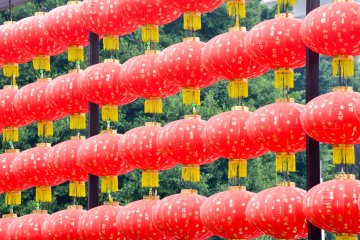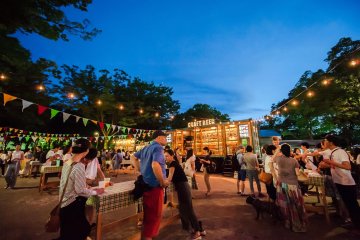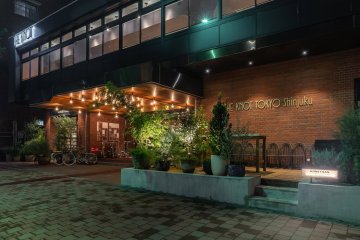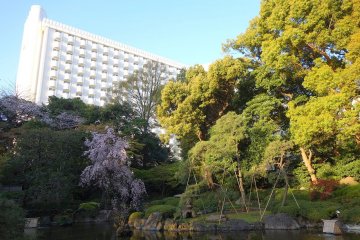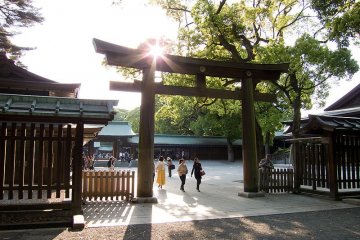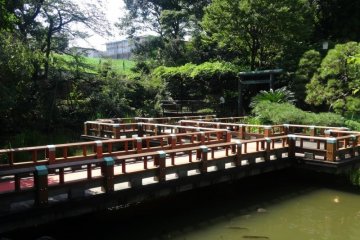Culture
Meiji Jingu is located in technologically advanced Tokyo and only a few minutes from the quirky streets of Harajuku. This famous Shinto shrine is hidden among a thickly forested area, creating an atmosphere of tranquility in the heart of Japan's bustling metropolis. Meiji Jingu is one of the most popular shrines in Tokyo and is visited by millions of people every year. The shrine’s daily ceremonies, incredible architecture, and scenic grounds make it a memorable and rejuvenating destination for tourists and Shinto practitioners alike.
History
The relatively recent shrine was built in 1920 to commemorate Japan’s first modern emperor and empress, Emperor Meiji and Empress Shoken. In 1867, Emperor Meiji ascended to the throne, effectively marking the end of Japan’s feudal era and the beginning of the Meiji Period. During his rule, Emperor Meiji guided Japan into a more modern and westernized way of life and revamped international relations by building connections with other countries. The shrine was tragically destroyed by 1945 bombings, but was quickly rebuilt in 1958 thanks to public donations.
Today
Meiji Jingu and its surrounding forest stand as a beacon of the Shinto faith, creating an atmosphere of harmony between first-time guests, practitioners, nature, and the past. Given its location in Tokyo, the easily accessible shrine is a common destination for visitors. Meiji Jingu is open every day from sunrise to sunset and has no admission fee.
The shrine has one southern entrance and two northern, all of which are marked by towering torii gates. When visitors pass under the gates, which mark the separation between the sacred and secular world, it is customary to bow. The path to the shrine’s main complex is lined by a lush forest composed of over 100,000 trees and a variety of plant species, many of which were donated to the area from all over Japan. The densely wooded area effectively blocks out the sights and sounds of Tokyo, enveloping visitors in an environment of zen where they can clear their minds as they walk to the main shrine entrance. Once visitors step across the threshold onto the main grounds, they can leave their everyday worries behind and immerse themselves in the shrine’s architectural beauty and Shinto practices.
Tokyo
0.5km away
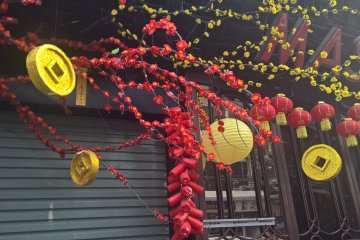



/139.69668565295,35.6715946949,9/397x132?access_token=pk.eyJ1IjoiamFwYW50cmF2ZWxtYXBzIiwiYSI6ImNqbXBtOXYxbDB5Z3ozbHFrazJuYWMwOGYifQ.v15fy_mcFWtgopmz8PhwqA)
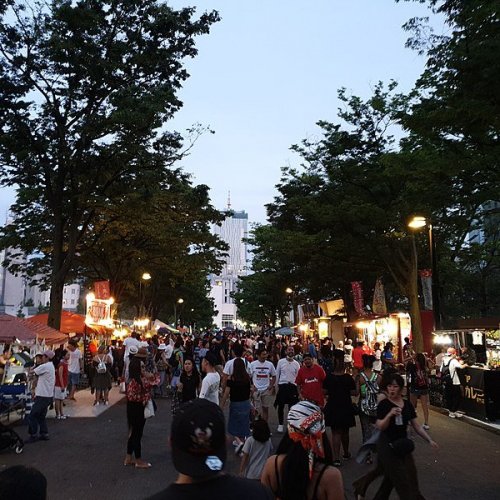

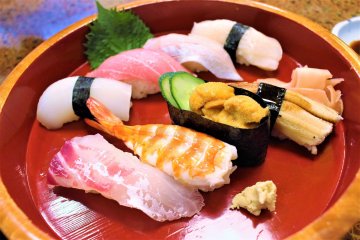
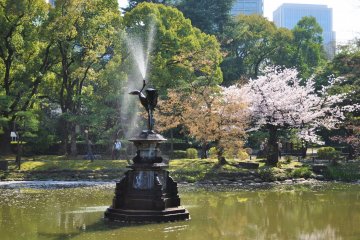

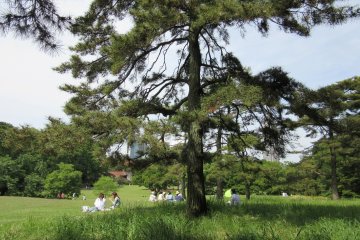


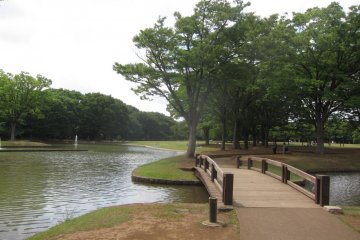


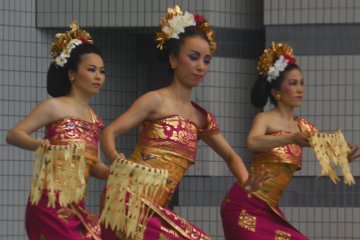


![Japan Furusato Food Festival 2020 [Cancelled] Japan Furusato Food Festival 2020 [Cancelled]](https://a2.cdn.japantravel.com/photo/61379-210322/360x240!/tokyo-japan-furusato-food-festival-210322.jpg)



![Cinco de Mayo 2015 Tokyo [Closed] Cinco de Mayo 2015 Tokyo [Closed]](https://a2.cdn.japantravel.com/photo/20479-115583/360x240!/tokyo-cinco-de-mayo-2015-yoyogi-tokyo-115583.jpg)

![Tokyo Food Education Fair 2013 [Closed] Tokyo Food Education Fair 2013 [Closed]](https://a1.cdn.japantravel.com/photo/7142-51048/360x240!/tokyo-tokyo-food-education-festival-51048.jpg)





![Brazilian Day 2013 [Closed] Brazilian Day 2013 [Closed]](https://a0.cdn.japantravel.com/photo/5779-38857/360x240!/tokyo-brazilian-day-2013-38857.jpg)
![Cinco De Mayo 2014 Tokyo [Closed] Cinco De Mayo 2014 Tokyo [Closed]](https://a1.cdn.japantravel.com/photo/12655-72073/360x240!/tokyo-cinco-de-mayo-2014-tokyo-72073.jpg)
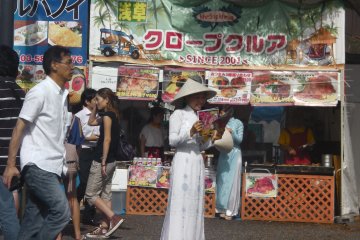
![I Love Ireland Festival 2023 [Cancelled] I Love Ireland Festival 2023 [Cancelled]](https://a2.cdn.japantravel.com/photo/11065-65581/360x240!/tokyo-i-love-ireland-festival-65581.jpg)







